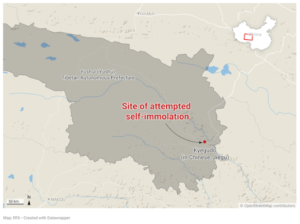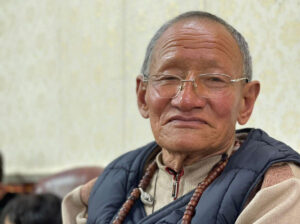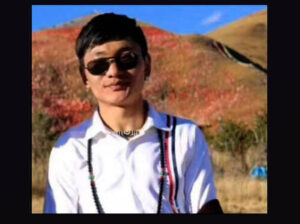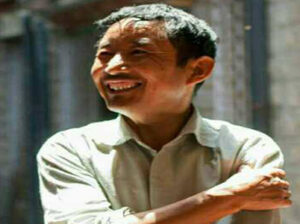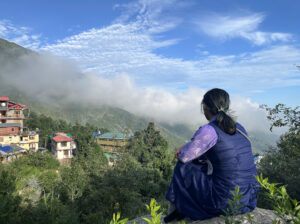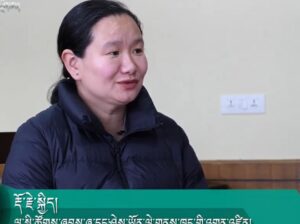Throughout the years, I have heard many names used to refer to McLeod Ganj – Little Lhasa, Dhasa, and most frequently, the home of His Holiness the Dalai Lama. For many people in the United States, McLeod Ganj is known as one of the last places to find “authentic” Tibetan culture outside of Tibet. Aside from documentaries, films, random blogs, and small groups of Tibetan refugees living in the west, not much is truly known in the US about the people that have inhabited this hill station for the past 50 years.
Instead, the idea of what the Tibetan culture and people are in the United States has been romanticized through movies like Kundun and Seven Years in Tibet, giving the viewer an impression of a living Shangri-la on earth.
However, Tibetan identity is so much more. Not only have Tibetans shown the world an incredible resilience and solidarity in the face of so much oppression, but despite an obvious effort to obliterate their cultural heritage they have managed to share with the world some of the most beautiful aspects of this heritage, all while bringing to light their struggle for human rights and autonomy.
The Dharamsala community in exile is, in some ways, no different from other communities around the world, and it experiences hardships that all communities experience at some level, such as poverty and a lack of job opportunities. It is by no means a remote Shangri-la, with its tourist shops and restaurants coupled with the chaos of Indian traffic and beggars. But one will quickly find that most of the Tibetan people with whom you come into contact with in this town are some of the most hospitable people you will ever encounter and with some of the warmest smiles you will ever have the pleasure of seeing.
Most impressive is their constant commitment to non-violence amidst ongoing crackdowns and repressive policies in their homeland. Their ability to adjust their attitudes to the constant influx of different tourists that pass through this small town, as well as to co-existing within the local Indian culture, is also extraordinary. These aspects are not apparent right away, and it takes some care and effort to truly understand the reality of this culture and situation. My sincere wish is that everyone who comes here makes a concerted effort to do so.




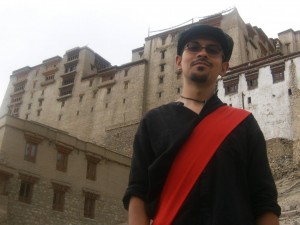
 Print
Print Email
Email